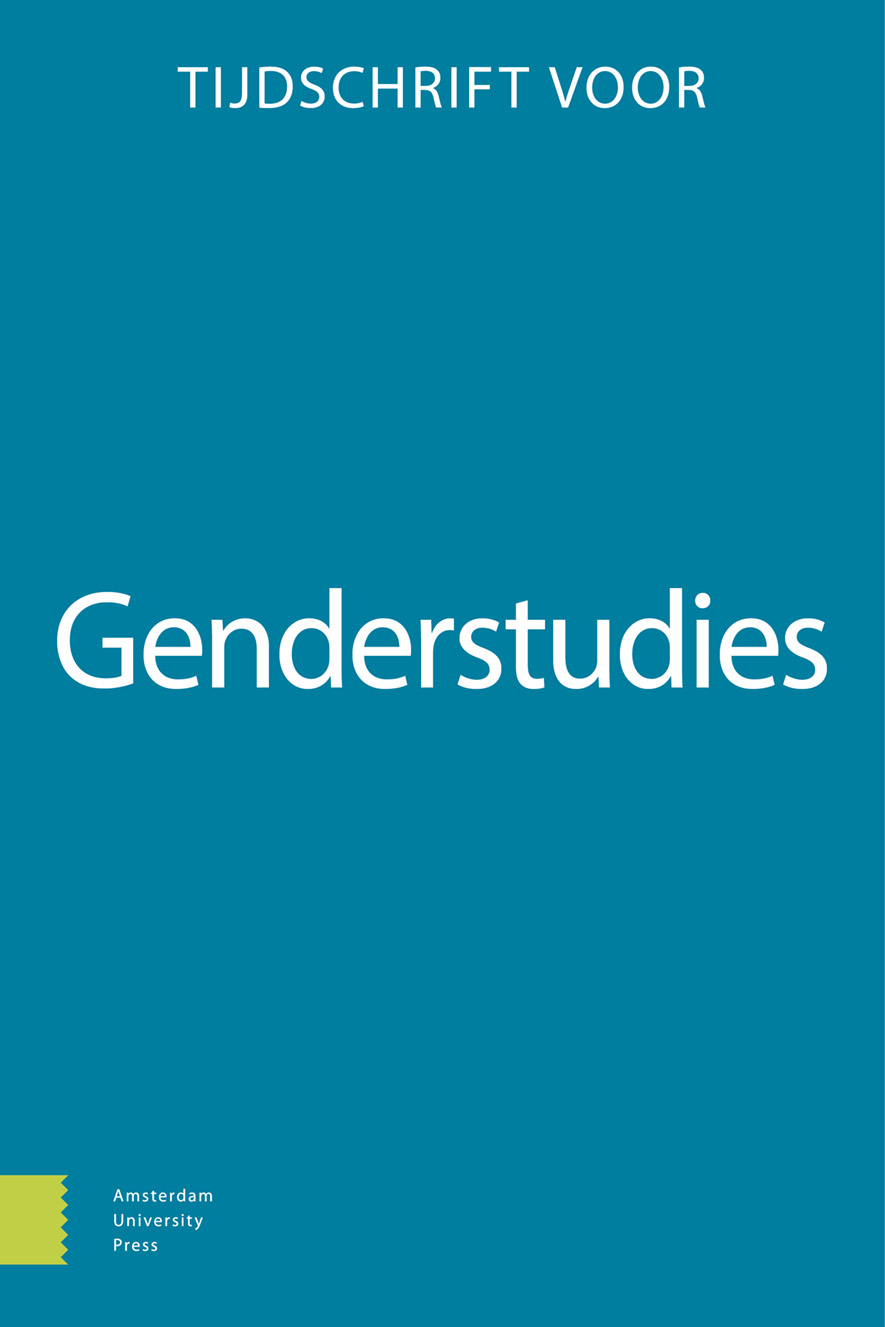-
oa The dark and divine feminine
Secular stereotypes and thealogical tropes on TikTok
- Amsterdam University Press
- Source: Tijdschrift voor Genderstudies, Volume 26, Issue 3/4, Dec 2023, p. 293 - 312
-
- 01 Dec 2023
Abstract
This article discusses the TikTok trends on deified forms of (post)femininities posted under the regularly co-occurring hashtags: #darkfemininity, #divinefemininity, and #feminineenergy. Through digital methods in tandem with feminist critical discourse analysis, this research clarifies, construes, and contextualizes these trends and developments in their historical as well as contemporary contexts. It addresses the current multimodal discourses and network around dark and divine femininities on TikTok as well as how these post-femininities dialectically relate to the (post)modernist episteme and its theological heritage of Christianity, questioning if this postfeminist affective public leads to subversion or subjugation of these subjective positions and systemic inequalities.


